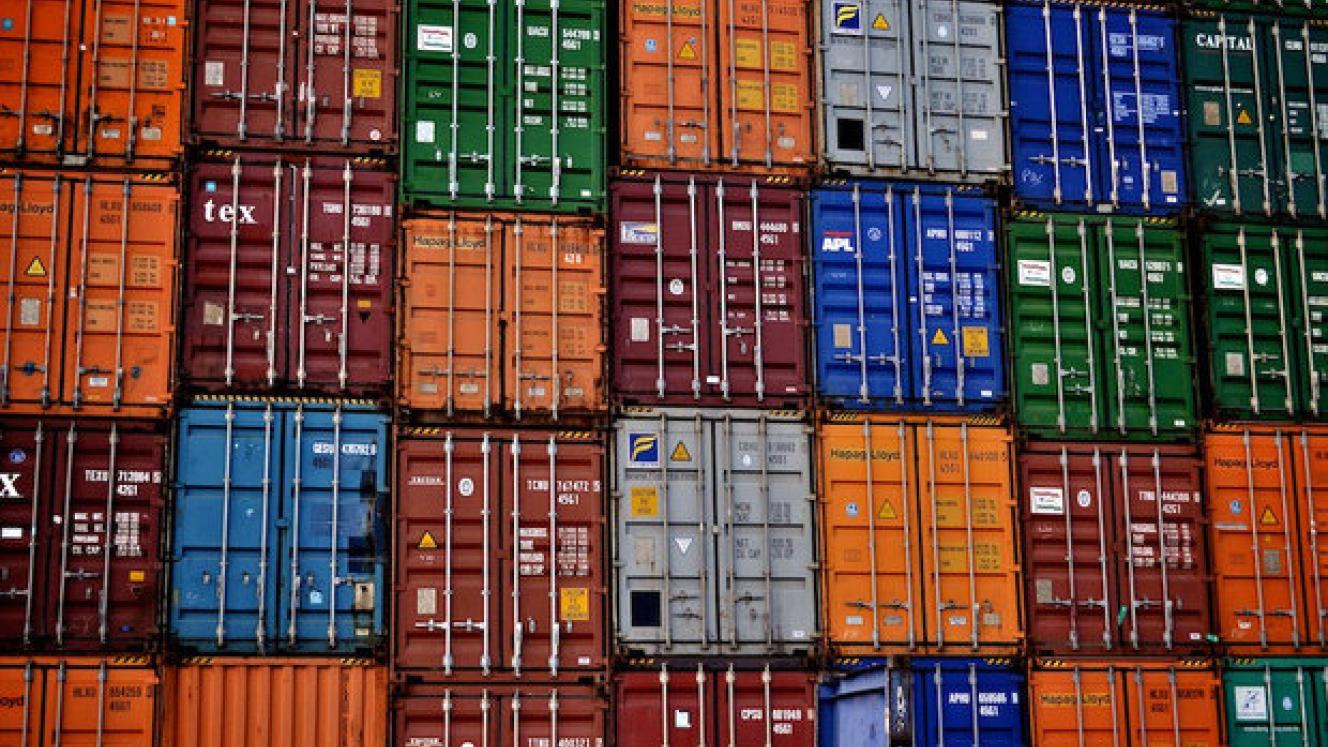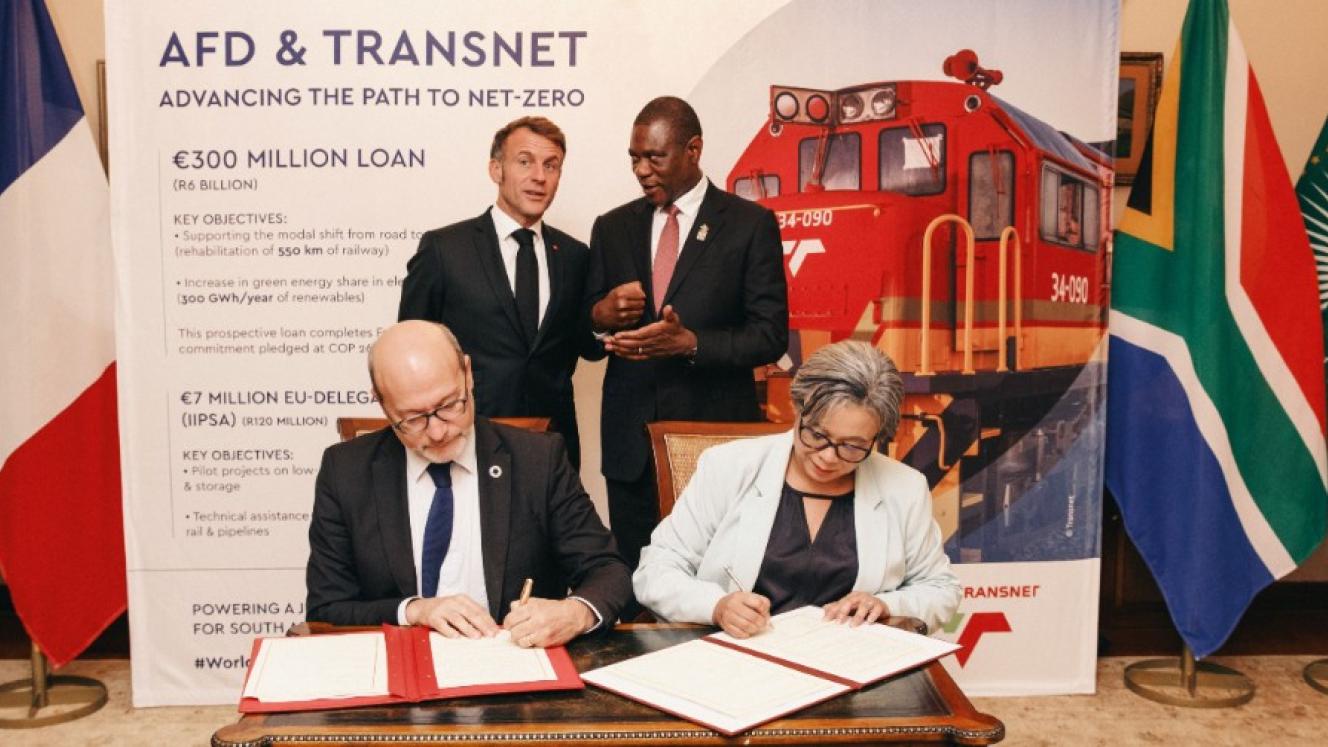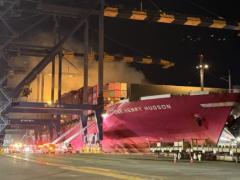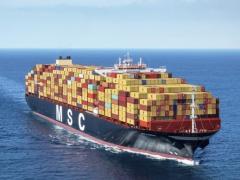The average demurrage and detention (D&D) charges across the world’s 20 biggest ports have doubled since last year, going up +104% after two weeks, according to an in-depth report published by Container xChange, a global online platform for the leasing and trading of containers.
On average, D&D charges reached $1219 per container across container types after two weeks in 2021, the report found.
The cheapest was COSCO in the Port of Busan, and the most expensive was CMA CGM in both Long Beach and Los Angeles.
The ten leading Chinese ports experienced the biggest increase from 2020 to 2021, with costs going up by +126%
“D&D charges can escalate quickly, and the location plays a major role as some ports are more expensive than others,” the report points out.
It found that the average after two weeks, across the world’s biggest ports, was $720 per container. The ports closest to that average are Rotterdam with an average of $756, Singapore at $615, and Antwerp at $709.
“The high jumpers are led by the Port of Long Beach where you have to pay, on average, $2638 after two weeks. Taking second place is the Port of Los Angeles with $2593, followed by Taiwan with an average of $1455.”
China has the cheapest rates, with Busan (Korea) averaging charges of only $132, followed by the ports of Dalian (China) and Tianjin (China) both with averages of $201.
Worldwide equipment scarcity and port congestion – both related to the spike in import trade once countries opened up after the Covid lockdowns - are the main drivers of the slow movement of containers, and therefore the spike in D&D charges.
But not only has port congestion contributed to a lack of containers globally, it’s also made it increasingly difficult to plan shipments, predict ETAs, as well as returns.
“In today’s market, containers can be stuck at the ports for an exceptional amount of time,” the report points out.
“Coordination issues with trucks play an equally big part in this increasing congestion – and that means it’s become ever more challenging to uphold the agreed free days.”
The topic was extensively aired in Freight News last year, with SA Association of Freight Forwarders (Saaff) consultant Mike Walwyn pointing out that past trends – where carriers saw these charges as a significant revenue stream - should not inform current carrier behaviour.
“That was understandable in an era when freight rates were seriously depressed and carriers were struggling to stay afloat. But after the quantum increases we’ve seen in freight rates, coupled with quite good financial results posted by carriers, we question the validity of that argument,” he said.
The rising costs have been a contentious issue for some time, so much so that it’s been the subject of a US Federal Maritime Commission (FMC) investigation.
In a document published last year, the FMC clarified that demurrage and detention should only be used as an incentive to motivate container users to return the boxes in time.
The International Federation of Freight Forwarders Associations and Saaff last year called on the South African government to support key considerations laid out by the FMC. According to a Saaff statement, the FMC’s decision, which came after six years of investigation with all actors in the supply chain, concluded the likeliness of a long history of unjust and unfair D&D practices.













